The Samsung Galaxy Note 7 was one of the most anticipated smartphones of 2016, promising to push the boundaries of innovation with its sleek design, powerful hardware, and advanced features. However, its legacy is overshadowed by the infamous battery issues that led to its recall. Despite this, the Note 7 remains a fascinating case study in smartphone engineering and what could have been.
Design and Build Quality
The Galaxy Note 7 boasted a premium design with a symmetrical curved glass front and back, encased in a metal frame. It was the first in the Note series to feature a dual-edge display, similar to the Galaxy S7 Edge. The device felt luxurious in hand, with an IP68 rating for water and dust resistance, making it one of the most durable flagship phones at the time. The S Pen stylus was also upgraded to be more precise and water-resistant, adding to the phone's versatility.
Display
Samsung's expertise in display technology was evident in the Note 7. It featured a 5.7-inch Quad HD Super AMOLED screen with a resolution of 2560 x 1440 pixels. The colors were vibrant, the blacks were deep, and the brightness was exceptional, even in direct sunlight. The dual-edge display not only enhanced the aesthetics but also introduced useful edge features like quick app access and notifications.
Performance and Hardware
Under the hood, the Note 7 was powered by either the Exynos 8890 or Snapdragon 820 chipset, depending on the region, paired with 4GB of RAM. Storage options included 64GB of internal space, expandable via microSD up to 256GB. The phone handled multitasking and demanding applications with ease, showcasing Samsung's optimization of hardware and software. The inclusion of a USB-C port was a forward-thinking move, though it required users to adapt to the new standard.
Camera
The Note 7 inherited the excellent camera system from the Galaxy S7, featuring a 12MP Dual Pixel rear sensor with an f/1.7 aperture. The camera excelled in low-light conditions, producing sharp and detailed images with minimal noise. The front-facing 5MP camera also delivered impressive selfies, with a wide-angle lens perfect for group shots. Samsung's camera software provided a range of modes and settings, making it one of the best smartphone cameras of its time.
Battery and Charging
The device packed a 3500mAh battery, which, under normal circumstances, provided all-day battery life. It supported fast charging, both wired and wireless, as well as reverse wireless charging to power other devices. Unfortunately, the battery's design flaws led to overheating and, in some cases, combustion, resulting in a global recall and discontinuation of the product.
Software and Features
The Note 7 ran Android 6.0.1 Marshmallow with Samsung's TouchWiz UI, which was refined and less bloated compared to previous iterations. The S Pen integration was seamless, with new features like screen-off memo and translation capabilities. Samsung also introduced an iris scanner for biometric authentication, a novel feature at the time, though it was not as reliable as fingerprint recognition.
Specifications at a Glance
Display: 5.7-inch Quad HD Super AMOLED (2560 x 1440)
Processor: Exynos 8890 or Snapdragon 820 (region-dependent)
RAM: 4GB
Storage: 64GB, expandable via microSD up to 256GB
Rear Camera: 12MP Dual Pixel, f/1.7 aperture
Front Camera: 5MP, f/1.7 aperture
Battery: 3500mAh, fast charging (wired/wireless)
OS: Android 6.0.1 Marshmallow with TouchWiz
Other Features: IP68 water/dust resistance, S Pen, iris scanner
Conclusion
The Samsung Galaxy Note 7 was a technological marvel, blending cutting-edge hardware with innovative features. Its design, display, and performance set new standards for flagship smartphones. However, the battery issues that led to its downfall serve as a reminder of the delicate balance between innovation and reliability. For those who experienced it before the recall, the Note 7 was a glimpse into the future of smartphones—one that was ahead of its time but ultimately flawed in execution.
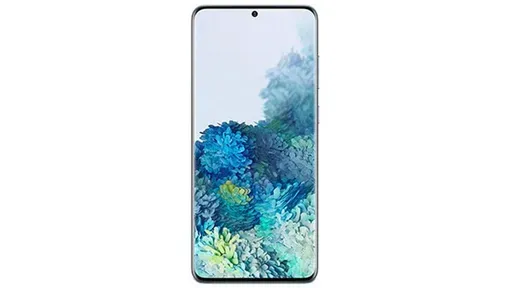
By /Jun 4, 2025
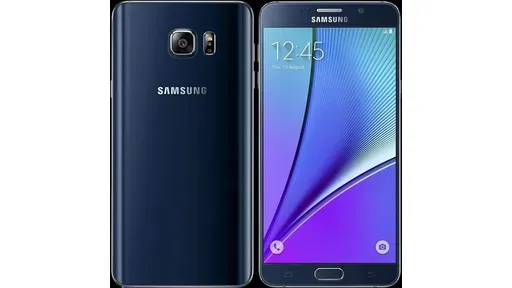
By /Jun 4, 2025
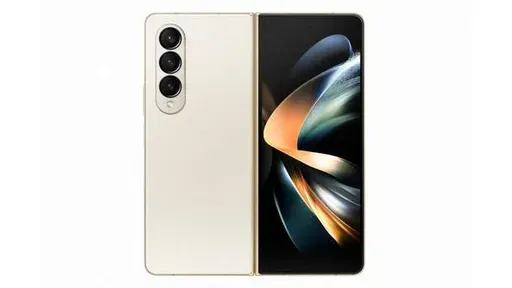
By /Jun 4, 2025

By /Jun 4, 2025
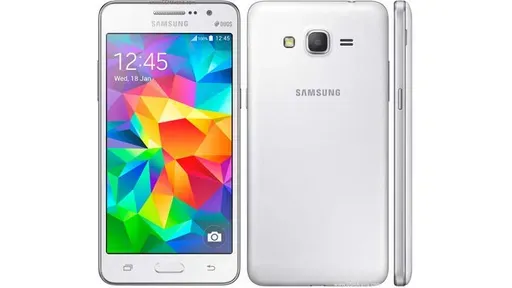
By /Jun 4, 2025

By /Jun 4, 2025

By /Jun 4, 2025

By /Jun 4, 2025
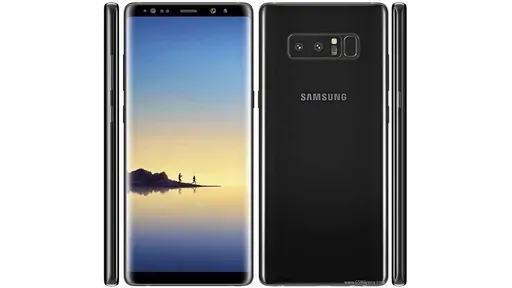
By /Jun 4, 2025

By /Jun 4, 2025

By /Jun 4, 2025
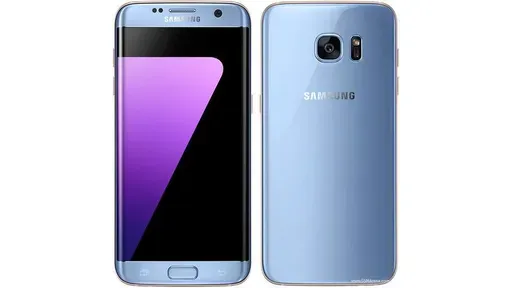
By /Jun 4, 2025
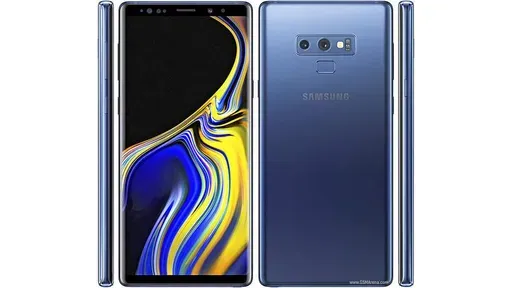
By /Jun 4, 2025

By /Jun 4, 2025

By /Jun 4, 2025
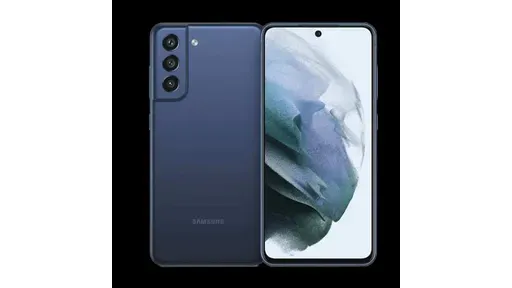
By /Jun 4, 2025

By /Jun 4, 2025
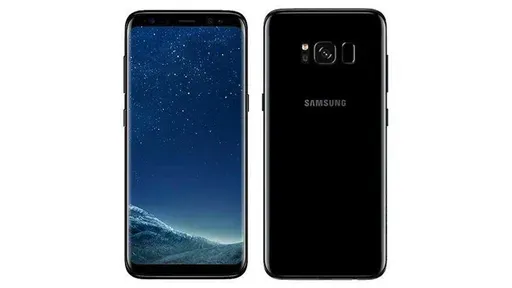
By /Jun 4, 2025

By /Jun 4, 2025
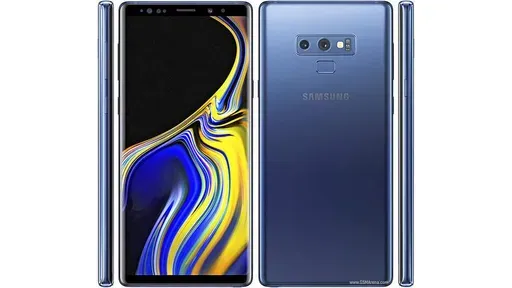
By /Jun 4, 2025
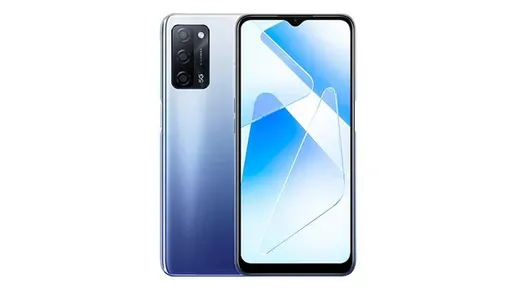
By /Jun 4, 2025
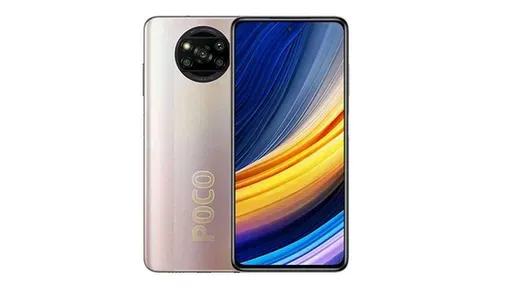
By /Jun 4, 2025
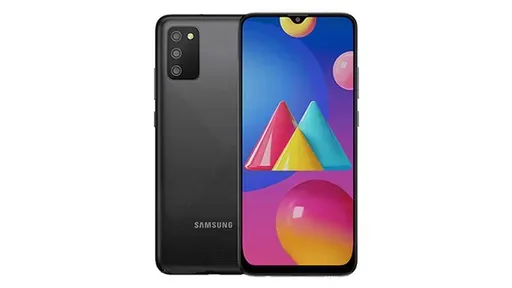
By /Jun 4, 2025
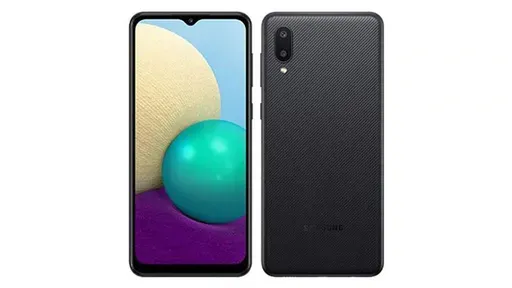
By /Jun 4, 2025
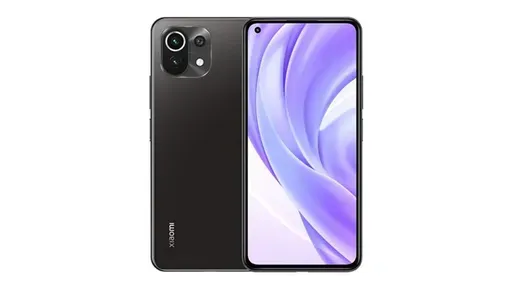
By /Jun 4, 2025

By /Jun 4, 2025
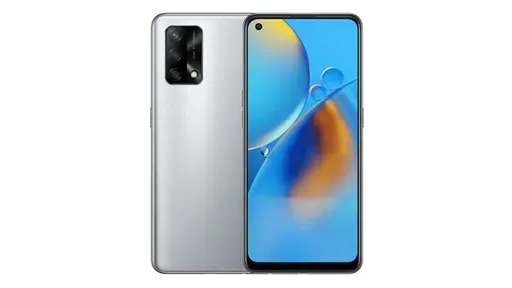
By /Jun 4, 2025
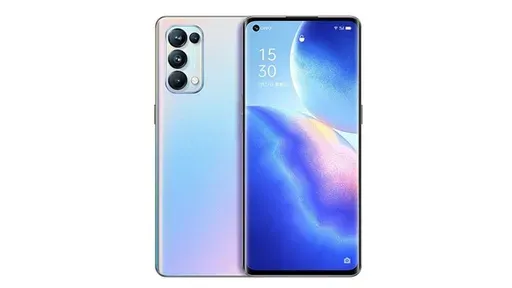
By /Jun 4, 2025
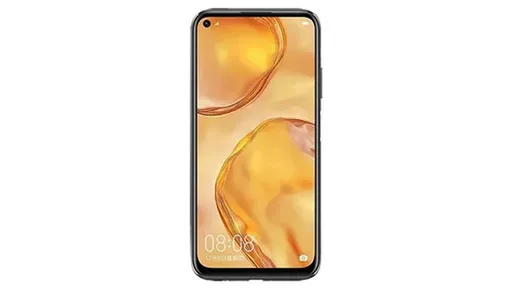
By /Jun 4, 2025

By /Jun 4, 2025

By /Jun 4, 2025